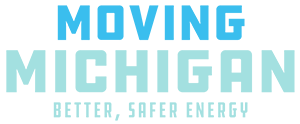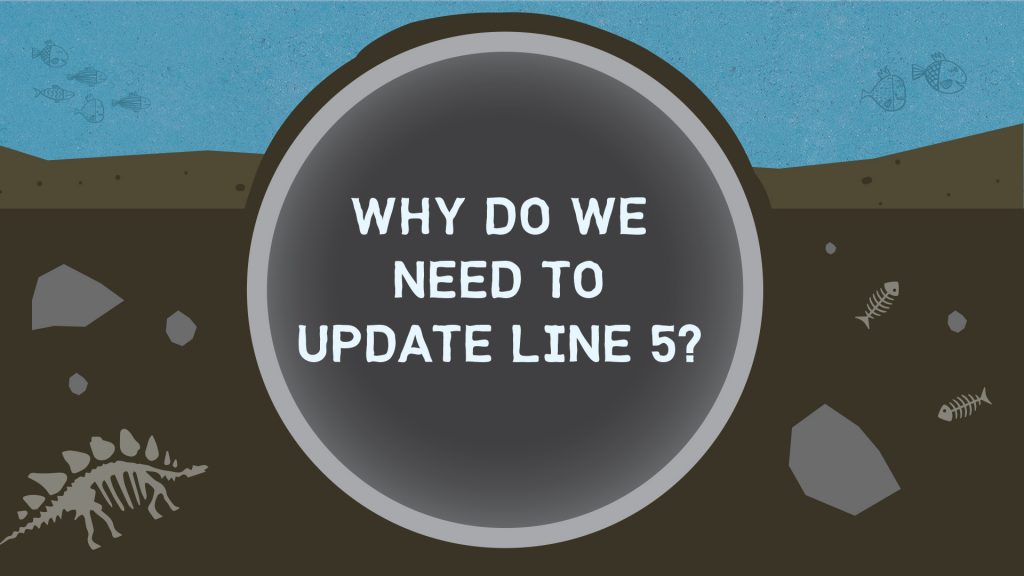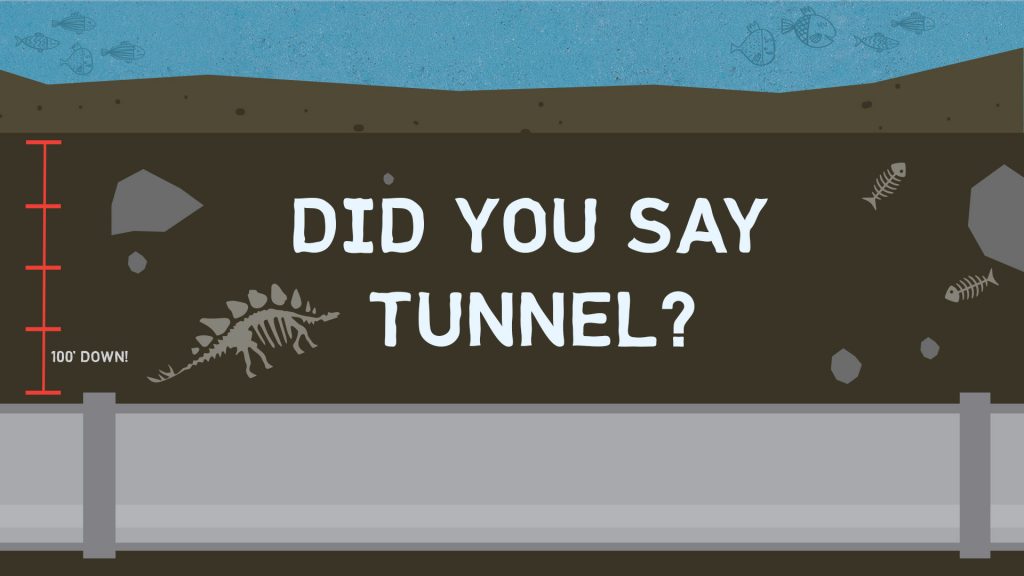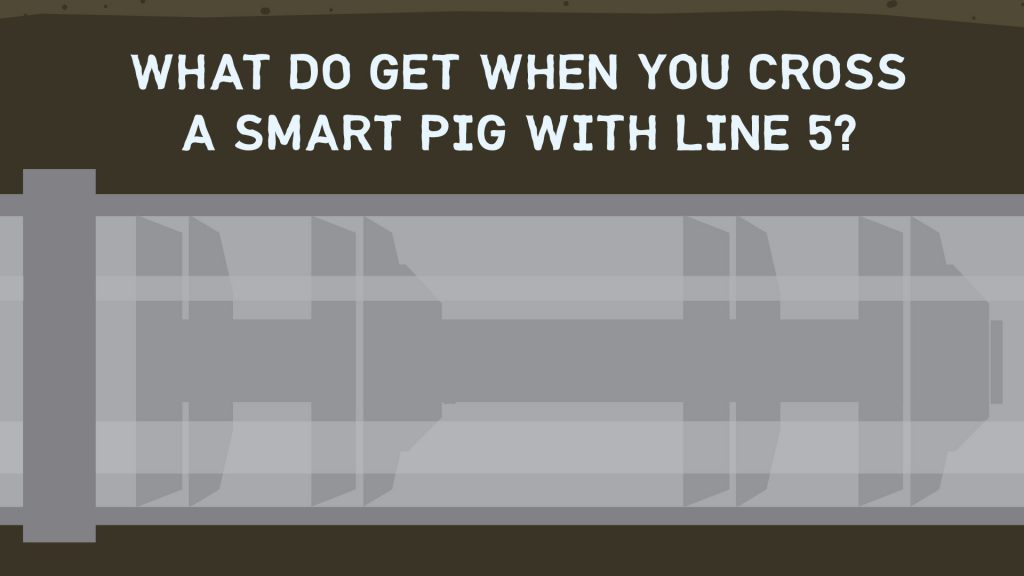First and foremost, Line 5 is a pipeline.
Despite how you feel – stay with us for a minute – it is important to remember that pipelines don’t just provide fuel for electricity to light, heat, and cool your home, and they don’t just bring gasoline for your car either. There are all sorts of products moved on pipelines, and they provide the building blocks for some other really cool things that we use each and every day. Because of these fuels, we’ve been able to advance our society, improve our personal health and environment, and, quite literally, fuel our economy.
No matter where you are in the country, chances are there are pipelines nearby. In fact, our country is crisscrossed by over 2.5 million miles of pipelines. We’ve been building them for over a century. Line 5, specifically, has been running through Michigan for over 65 years and has continually been updated and modernized to make sure it’s using the latest technology to keep it protected. It starts up north in Ontario, Canada, and runs 645 miles down into the Lower Peninsulas providing Michigan with 55% of its propane needs, and 30% of its fuel going to refineries to make gasoline, diesel, and jet fuel while the rest is developed into by-products that help create things each of us use every single day.
Like every piece of technology and infrastructure, Line 5 needs to be updated with all of the new techniques, equipment, and materials that have been developed over the last 65 years. From monitoring and safety to construction and steel – an upgraded Line 5 would be a benefit to everyone and our environment. Just think of it like this: your old cell phone, old TV, and likely, your old car run fine, but it is the new technology, the new…
Why, yes we did! As Line 5 makes its way through Michigan, it crosses at the main Strait of Mackinac through two existing twin lines that sit at the bottom of the lakebed before navigating south into the Lower Peninsulas. Since it was built in 1953, the Straits of Mackinac crossing has never leaked. While Line 5’s strong safety record has been intact for over 65 years, in 2018, a tugboat operator dropped its anchor on the pipeline. Though the…
Nope – not a Line 5 Swinestein – but you do get a high-tech instrument that performs regular maintenance checking for cracks, dents, dings, gouges, warps, and other types of erosion. So why are they called PIGs? Well, it’s short for Pipeline Inspection Gauges – or PIGs! While there are PIGs that can clean pipelines, smart PIGs are unique in that they monitor the line from the inside. With lines that vary in size, PIGs can also change in size…
When people first hear that Line 5 is coming from Canada – OH, EH? – they automatically assume that it’s carrying heavy crude oil – but it’s not. You see, pipelines carry a lot of different things, and Line 5 just happens to be carrying energy products called light crude oil and natural gas liquids – which some people refer to as NGLs. If you’re curious about what those even are – we’ve got plenty to tell you! First, it’s…





